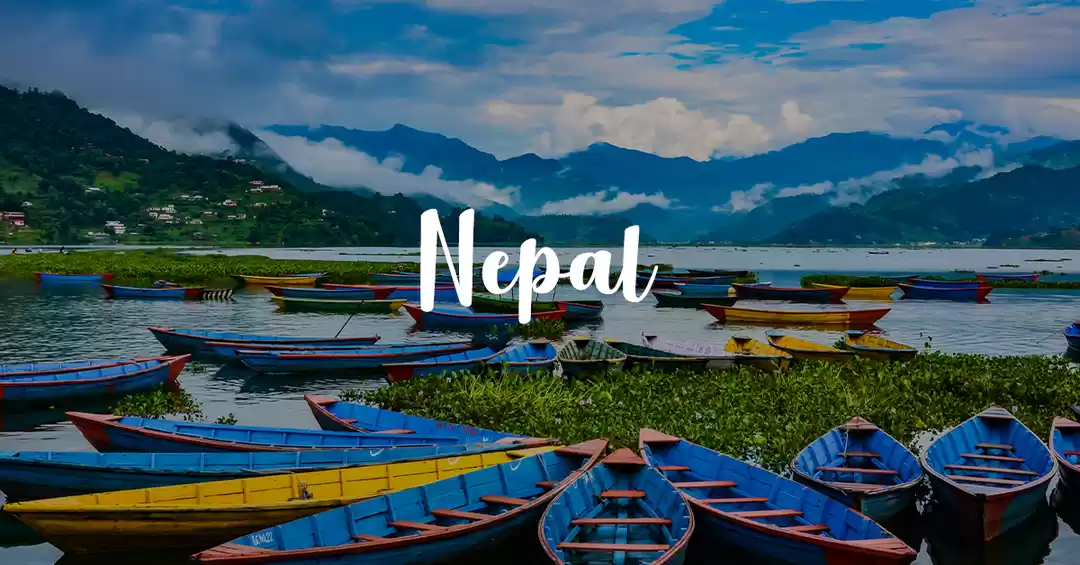
To trek in Upper Mustang is a rare privilege. Here you will experience a way of life of true mountain people, who for hundreds of years, had very little contact with the rest of Nepal and retained their rich cultural heritage. Until recent times their king was officially recognized by the Government of Nepal.
In many ways, a trek into Upper Mustang is similar to trekking in Tibet, as geographically it is a part of the Tibetan plateau. The district of Mustang was, until 1950, a separate kingdom within the boundaries of Nepal. The last king, the Raja of Mustang, still has his home in the ancient capital known as Lo Manthang.
Mustang's last official kiing Jigme Dorje Palbar Bista's palace in Lo Manthan, Upper Mustang.
Upper Mustang was opened to non-Nepali trekkers only some fifteen years ago and even today, access is still highly restricted. To enter Upper Mustang, that is to travel further north of Kagbeni, trekkers need a special trekking permit and must be accompanied by a government appointed official.
Upper Mustang, being in the Himalayan rain shadow, is one of the regions in the country suitable for trekking even during the monsoons. During this time, the upper Kali Gandaki valley is still quite dry with only occasional rainfall.
The banks of the Kali Gandaki River in Upper Mustang.
The Mustang trek is not particularly difficult, the highest point reached being only 3,800 meters, but the conditions at times can be arduous. Mustang is cold in winter and is always windy and dusty through the year. Winter treks are best avoided due to harsh weather.
There are few accommodation facilities available above Kagbeni, so groups must be fully self-sufficient, especially in fuel. While porters are available in Jomsom it is preferable to use mules to carry the loads up to Mustang. These pack animals are available locally and are more economical, and certainly more environmentally friendly than porters.
The rugged desert terrain of Upper Mustang is complimented by splashes of green vegetation for agriculture and pastures.
The Mustang trek is not particularly difficult, the highest point reached being only 3,800 meters, but the conditions at times can be arduous. Mustang is cold in winter and is always windy and dusty through the year. Winter treks are best avoided due to harsh weather.
There are few accommodation facilities available above Kagbeni, so groups must be fully self-sufficient, especially in fuel. While porters are available in Jomsom it is preferable to use mules to carry the loads up to Mustang. These pack animals are available locally and are more economical, and certainly more environmentally friendly than porters.
A trekker to Mustant gestures his experience amidst the backdrop of Himalayan peaks.
Lo Manthang, the old capital, is reached in four days and at least one extra day should be spent here to soak in the sights and sounds of this unique walled settlement. Ponies are available for hire if you so desire. The return trip can either follow the same route as the one you took to enter or take an alternative route along the eastern bank of the Kali Gandaki.




















